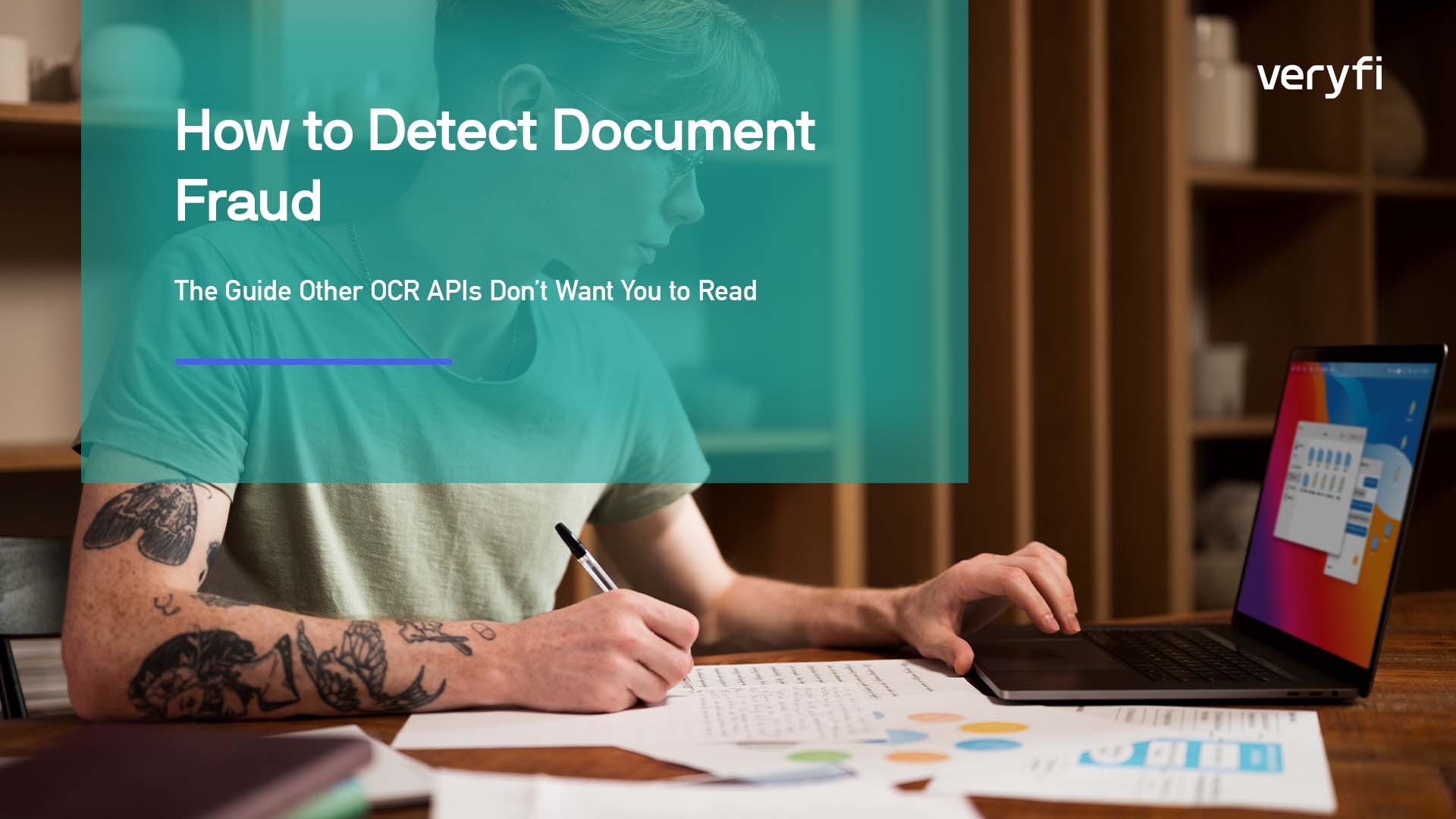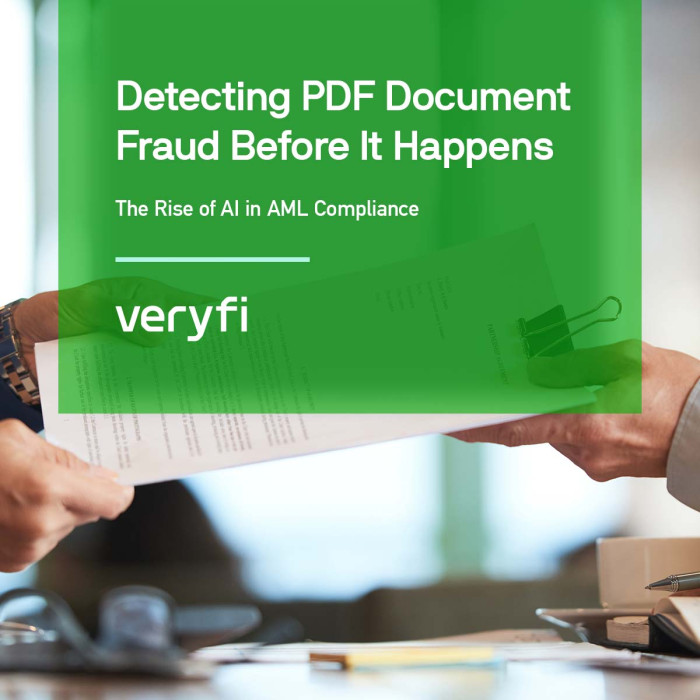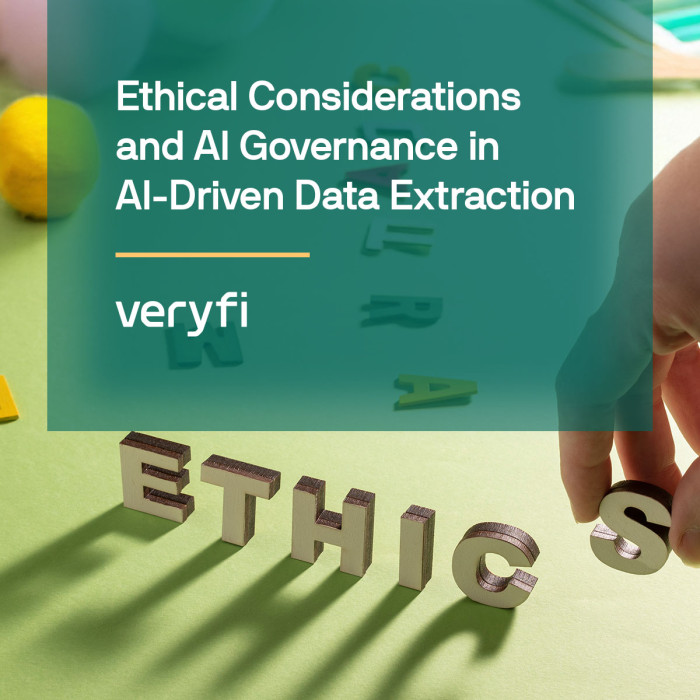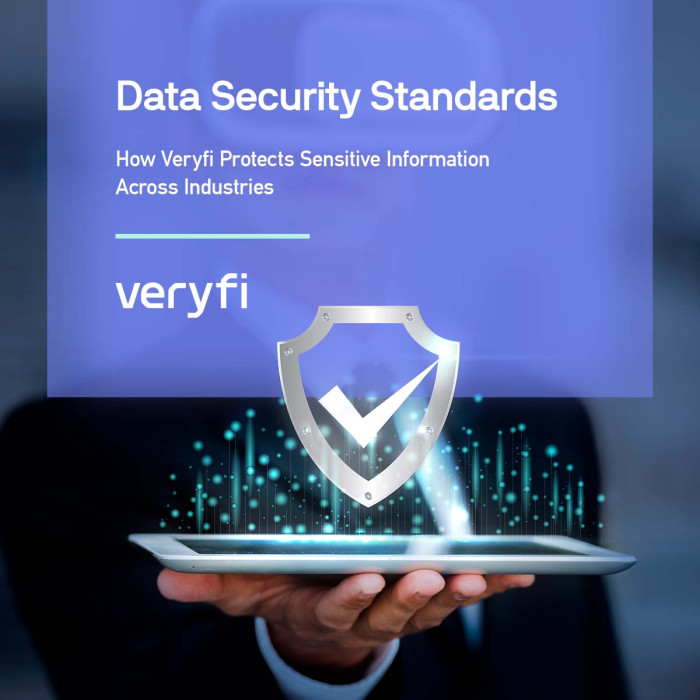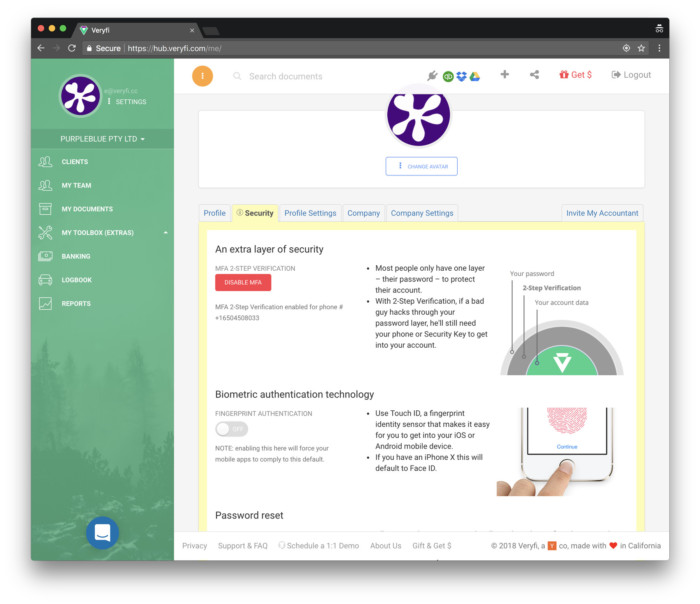Let’s be honest—most OCR providers barely scratch the surface when it comes to fraud detection. They mention “security” or “confidence scores,” but rarely explain how they detect fraud—if at all.
At Veryfi, we believe fraud prevention deserves more than a footnote. That’s why we’ve embedded field-level, behavioral, and image-aware fraud detection directly into our APIs.
In this guide, we’ll break down exactly how it works—how we detect image tampering, catch duplicates, and apply behavioral velocity rules. You’ll see why trust starts at the document level.
Why Now: Fraud Isn’t Just a Risk—It’s a Revenue Leak
Remember Anna Sorokin? The fake German heiress nearly conned a hedge fund out of $25 million using doctored bank statements. That’s not a one-off. It’s a glimpse into how document fraud can cost real businesses real money.
If your product relies on document ingestion—whether for expense reimbursement, CPG loyalty rewards, or check deposits—you’re vulnerable to a growing wave of synthetic and human-driven fraud.
Let’s look at how it happens:
- Receipts can be duplicated, edited in Photoshop, or regenerated via GenAI tools with altered totals, vendor names, and timestamps.
- Checks can have values or account information overwritten at the pixel layer to route funds to different accounts.
- Invoices can be resubmitted with minor visual changes (like cropping or contrast shifts) to bypass naive duplicate detection.
In most competitive OCR systems, here’s what happens: You submit an image → the system extracts text → it returns a JSON payload → that’s it. No inspection of how that image was generated, tracking of how often similar documents have been submitted, or metadata integrity checks. Just pixels in, text out.
How Veryfi Approaches Fraudulent Documents
1. Image Tampering Detection
Use case: Fake receipts in loyalty apps or altered amounts on mobile check deposits.
Our platform analyzes raw image files for:
- Pixel-level anomalies
- Copy/paste edits
- Inconsistent compression artifacts
These checks help spot manipulated fields—such as line items or the total—even when the text output looks accurate.
2. Duplicate Document Detection
Use case: A user submits the same receipt twice to double-dip rewards.
Every document that hits our API is fingerprinted via:
- File-level hashes
- Field-by-field comparisons
This allows us to detect duplicates—even when someone crops, brightens, or tilts the image. And yes, it works across different user accounts.
3. Velocity-Based Behavioral Rules
Use case: A person submits 100 receipts from the same store in under 10 minutes.
Our system monitors document submission patterns, not just content:
- Time between uploads
- Submission volume per user or device
- Suspicious patterns across fields (e.g., tax, total, location)
4. AI-Generated Document Detection
Use case: Synthetic documents created using GenAI tools to mimic real receipts, checks, or invoices.
Veryfi uses vision models trained to spot:
- Unrealistic lighting or shadows
- Template-based repetition
- Synthetic font spacing
- Barcode or texture inconsistencies
AI-generated forgeries are growing—and they’re often harder to spot than basic edits. Veryfi’s models flag them at ingestion, before they pollute your systems.
Why Other OCR APIs Stay Silent on Fraud
Here’s the reality: most OCR vendors are built for data extraction, not risk management. Fraud detection requires:
- Image-level forensics (not just text parsing)
- Document fingerprinting across time and sessions
- Real-time behavioral analytics to spot patterns at scale
These aren’t trivial features—they require specialized infrastructure, cross-layer telemetry, and security-aware design. That’s why most competitors avoid the topic or bundle it into enterprise plans as a vague “add-on.”
| Feature | Veryfi | AWS Textract | Mindee | Rossum |
| Image tampering detection | Yes – detects pixel anomalies, cloning, inconsistent artifacts | No | No | Partial (only flag anomalies via confidence score) |
| Duplicate document detection | Yes – based on field-level comparison | No | Limited | No |
| Velocity rules / behavioral analysis | Yes – based on velocity, profiles per device, emulated and blocked device | No | No | No |
| AI-generated document detection | Yes – based on alignment & spacing across text regions, consistent brightness and contrast, and inconsistencies in barcode rendering and document texture | No | No | No |
| Fraud detection built into API | Yes – returned as part of document response payload | No | No | Limited (only enterprise workflows) |
| Ongoing fraud R&D | Yes – including various indicators like 4-corner checks, handwriting, blur/screenshot detection, and more! | Unknown | Unknown | Unknown |
Final Thoughts: Trust Is the New Conversion Engine
As automation accelerates, your ability to trust what’s being extracted matters more than raw accuracy. Fraud eats away at profitability, erodes customer trust, and exposes compliance risks.
Veryfi gives you more than OCR—we give you fraud-aware data intelligence, built into every document you process. Ready to combat fraud? Request a demo or start your free trial today.
